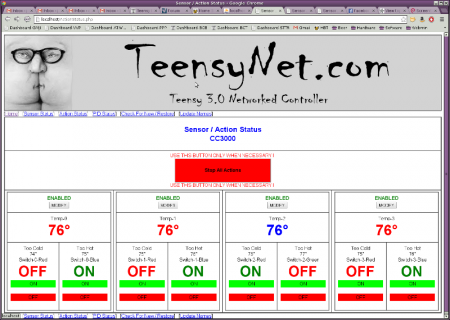In THIS thread user manitou has posted results in speeding up SPI transfers, mainly with the aim to improve throughput using the WIZ820io Ethernet module.
His little github repository namely the file W5100.cpp.fat, includes code that allows you to change the SPI bus frequency/data rate. Works very nicely BTW.
His little github repository namely the file W5100.cpp.fat, includes code that allows you to change the SPI bus frequency/data rate. Works very nicely BTW.
Last edited:


